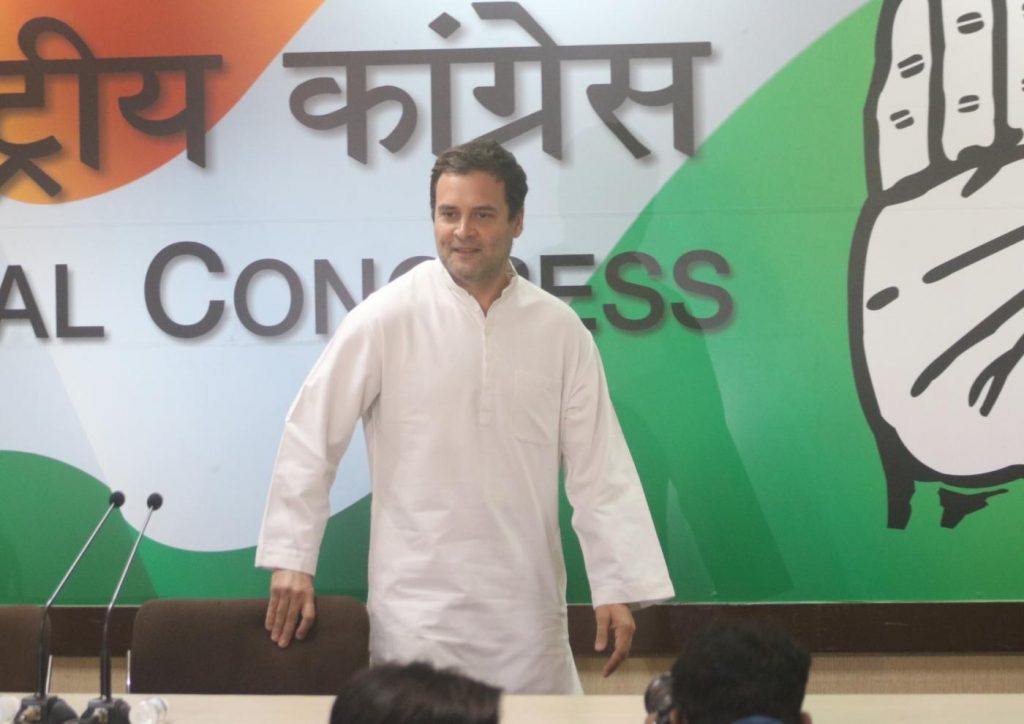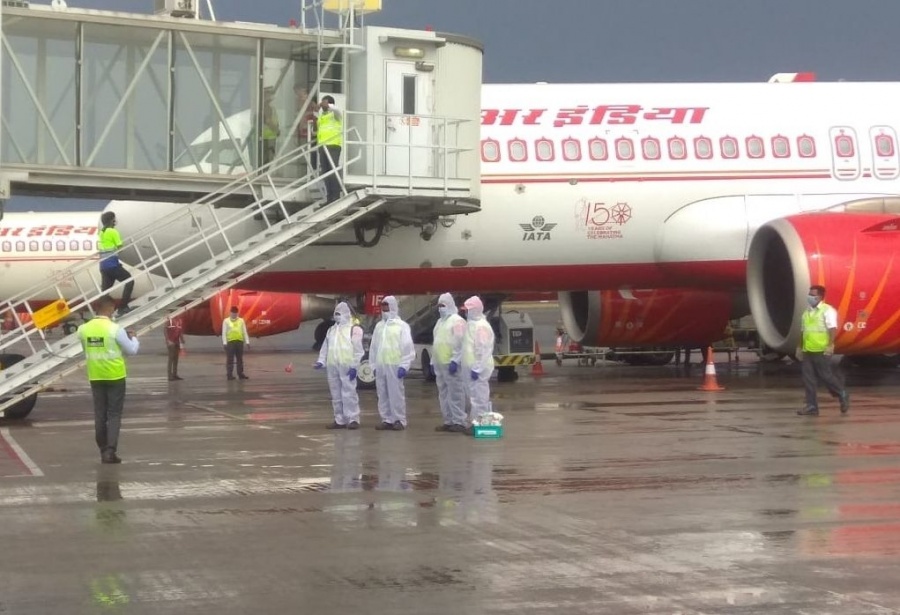The NDA government in 2014 had got the economy in a much worse condition than expected, so much so that making its details public would have been widely damaging for the country, Prime Minister Narendra Modi has said, stressing that his government worked hard to bring the economy back on track bit by bit…reports Asian Lite News

In an interview with the “Swarajya” magazine published on Monday, Modi also debunked the opposition’s allegation of “jobless growth”, pointing out that if state governments had been claiming of creating lakhs of jobs, how could one say the Centre was creating joblessness.
Asked why his government did not bring out a White Paper on Indian economy in 2014, as was being expected by many, Modi said: “The details about the decay in the Indian economy were unbelievable. It had the potential to cause a crisis all over. In 2014, the industry was leaving India. India was in the Fragile Five. Experts believed that the ‘I’ in BRICS would collapse. Public sentiment was that of disappointment and pessimism.
“Now, in the midst of this, imagine a White Paper coming out giving intricate details of the extent of damage. Instead of being a mollifier, it would be a multiplier of the distress.”
The Prime Minister said what the new government led by him saw (of the economy’s condition) left them “shocked” as things were “terrible” and even the budget figures were “suspicious”.
He said there were several “landmines” laid in various sectors and his government accepted this uncomfortable truth and hit the ground running from the very first day to stabilise things so that the Indian economy could be strengthened for the long haul.
Modi said the positive results of government’s approach are for everyone to see.
“Today, India is the fastest growing large economy of the world with strong fundamentals to propel further growth. Foreign investment is at an all-time high, GST has revolutionised the tax regime, India is an easier place to do business than ever before and, most importantly, we are seeing unprecedented levels of trust and optimism,” he said.
On the lack of jobs — something that the opposition has been vociferously alleging to corner the government, Modi blamed a “lack of consistency” in the political debate around job creation.
“We have data put out by state governments on employment. For example, the previous Karnataka government claimed to have created 53 lakh jobs. The West Bengal government said it created 68 lakh jobs in the last term.
“Now, if states are all creating a good number of jobs, is it possible that the country is not creating jobs? Is it possible that states are creating jobs but the Centre is creating joblessness?” Modi asked.
He said that more than a lack of jobs, the issue was a lack of data on jobs.
“Our opponents will naturally exploit this opportunity to paint a picture of their choice and blame us…no one has an accurate data on jobs,” Modi said.
He said that the traditional matrix of measuring jobs is “simply not good enough to measure new jobs in the new economy of New India”.
“For example, there are close to three lakh village-level entrepreneurs who are running Common Service Centres across the country and also creating more employment. Start-ups are working as job multipliers and there are around 15,000 start-ups which the government has helped in some way, and many more will be operational. Aggregators of various kinds employ thousands of youth.
“If we look at numbers for employment, more than 41 lakh formal jobs were created from September 2017 to April 2018 based on EPFO payroll data,” Modi said.
The Prime Minister pointed out that job creation in the formal sector could have a “spinoff effect” on job creation in the informal sector too, which constitutes “around 80 per cent of all jobs”.
He also reiterated that his government had a “four-pronged strategy” to double farmers’ income — decrease the input costs, ensure proper prices for the produce, ensure minimal harvest and post-harvest losses, and create more avenues for income generation.
“Not only will the farmers get minimum support price of 1.5 times their cost, they also have more avenues to get the right price with the help of e-NAM (the electronic National Agricultural Market, which provides price, production and market information to farmers),” Modi added.








